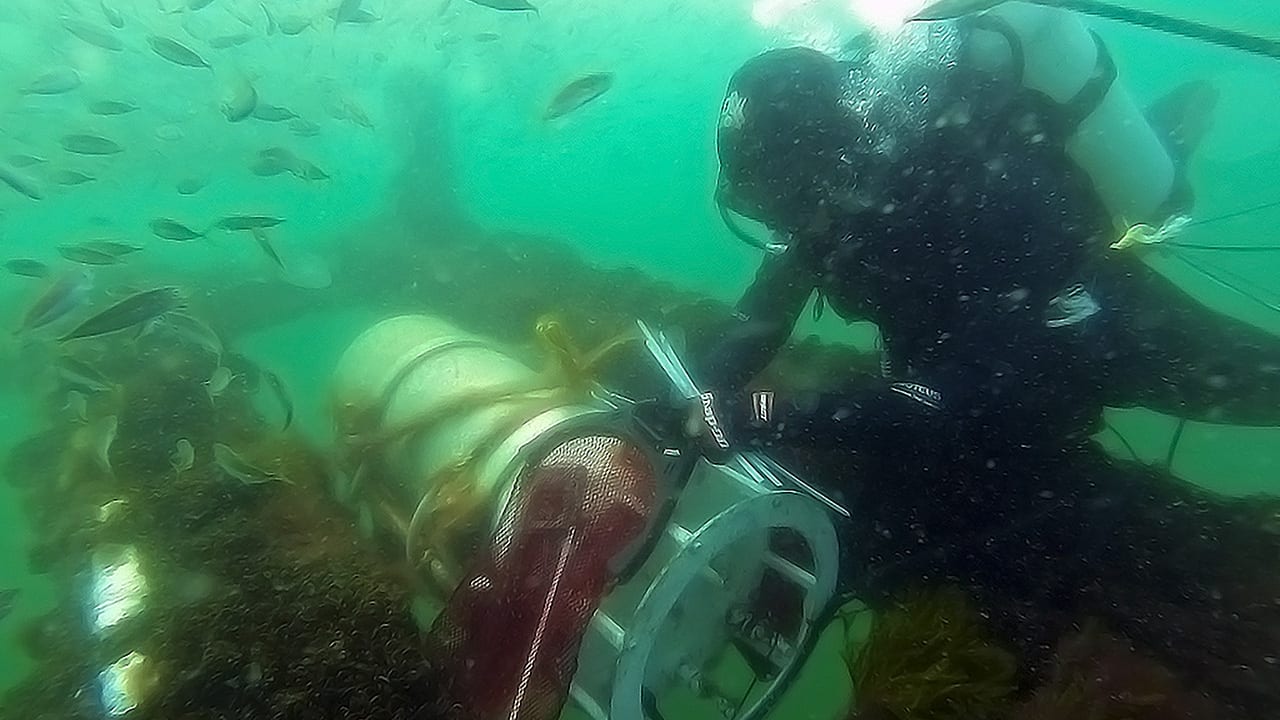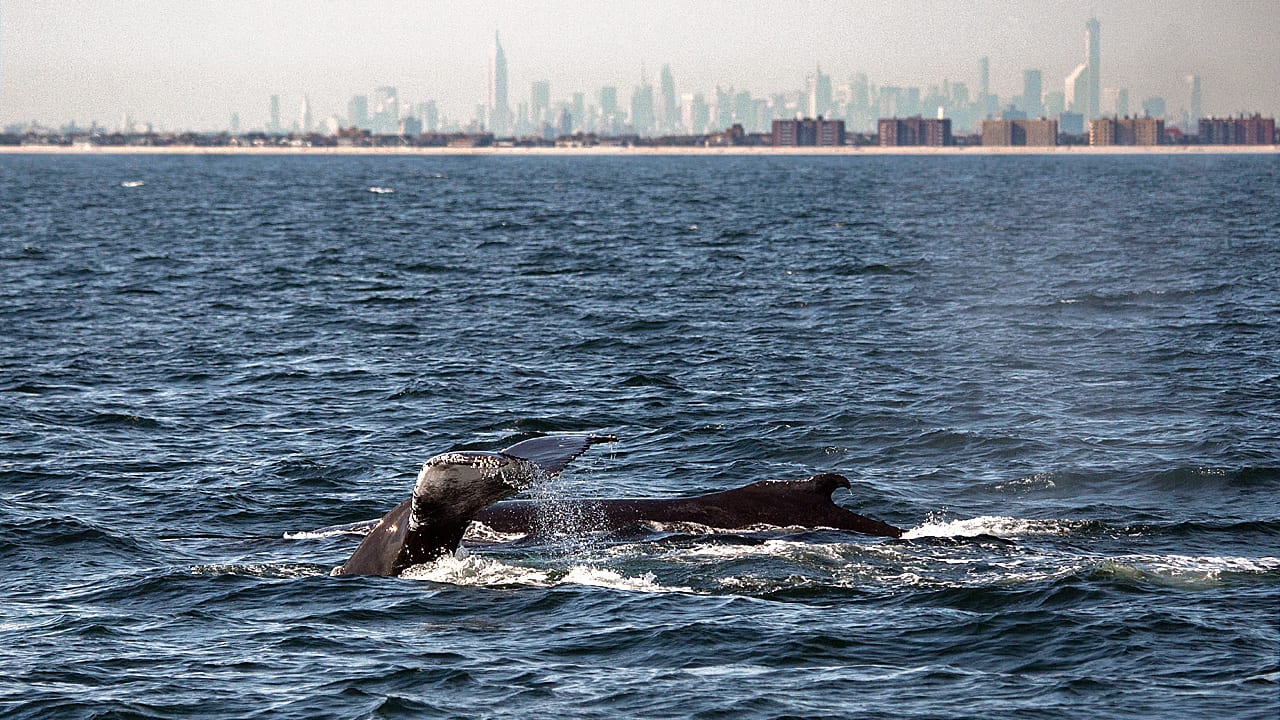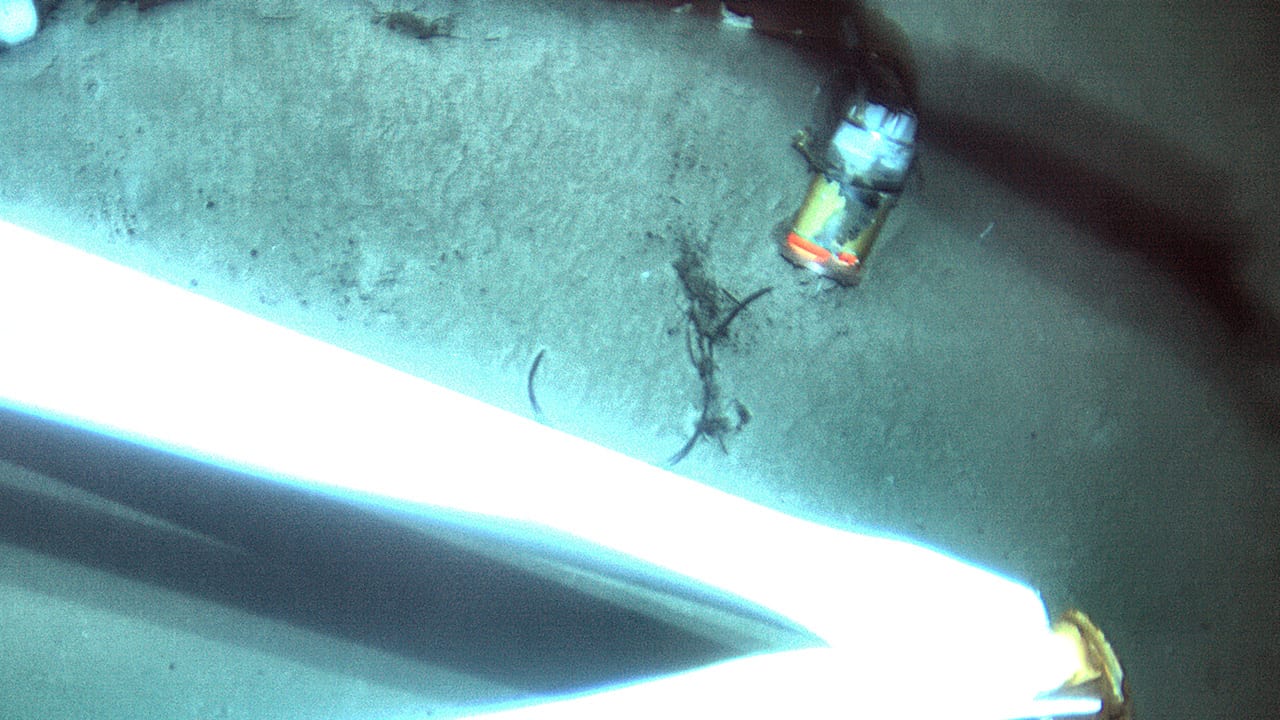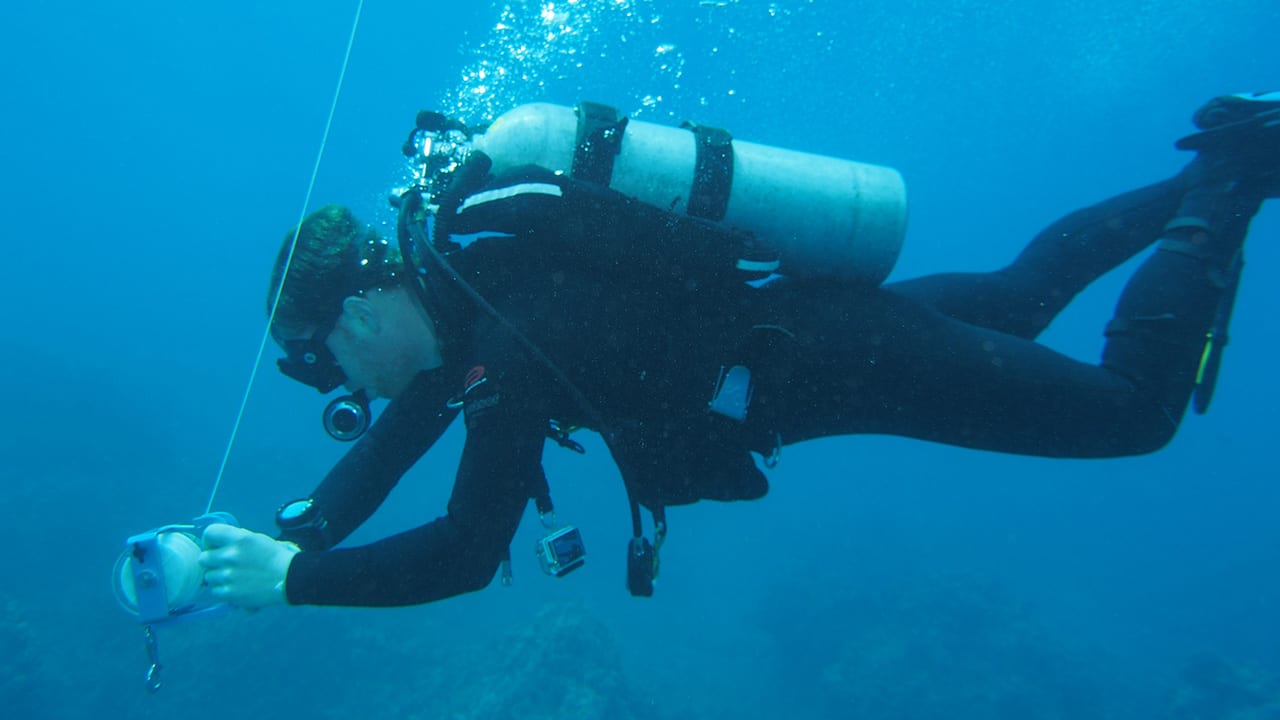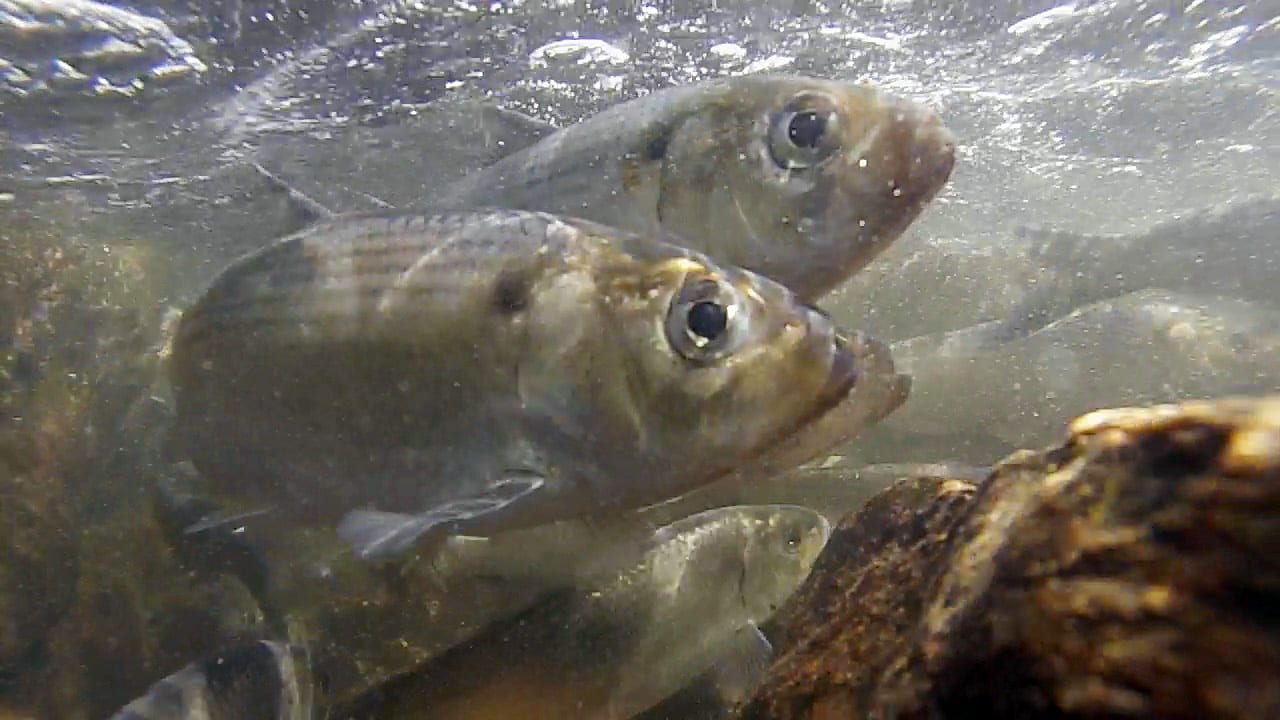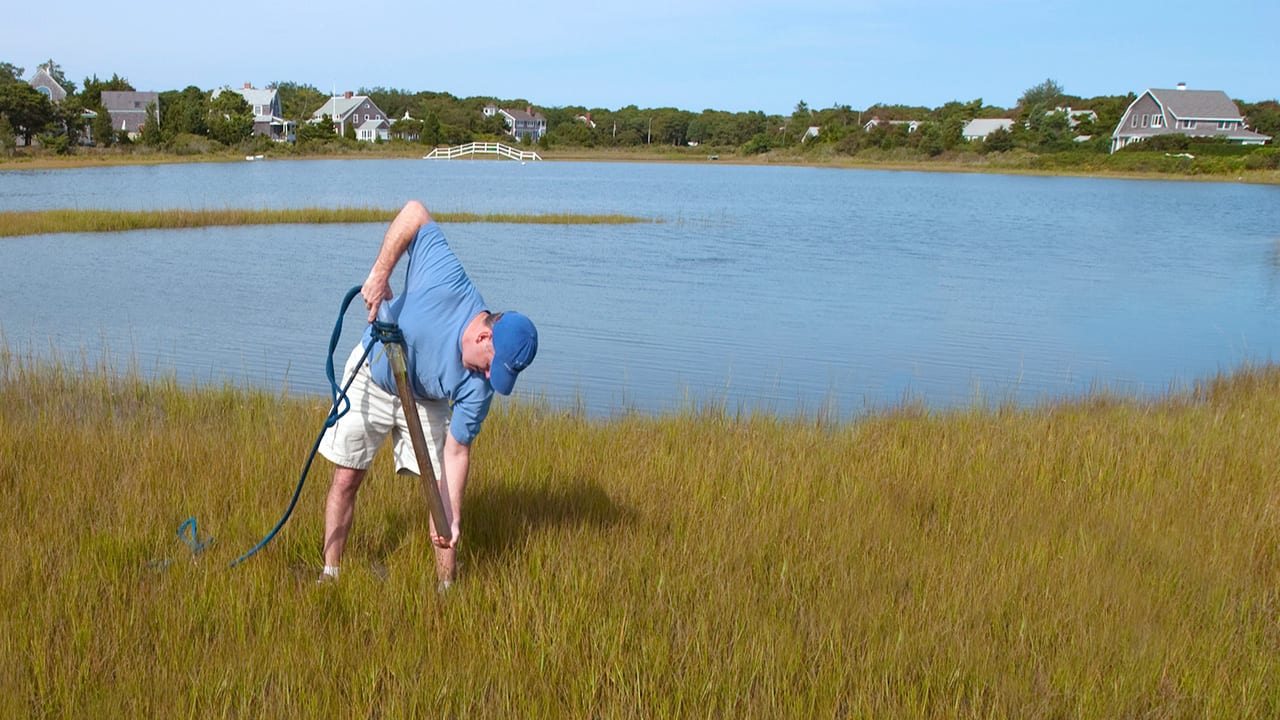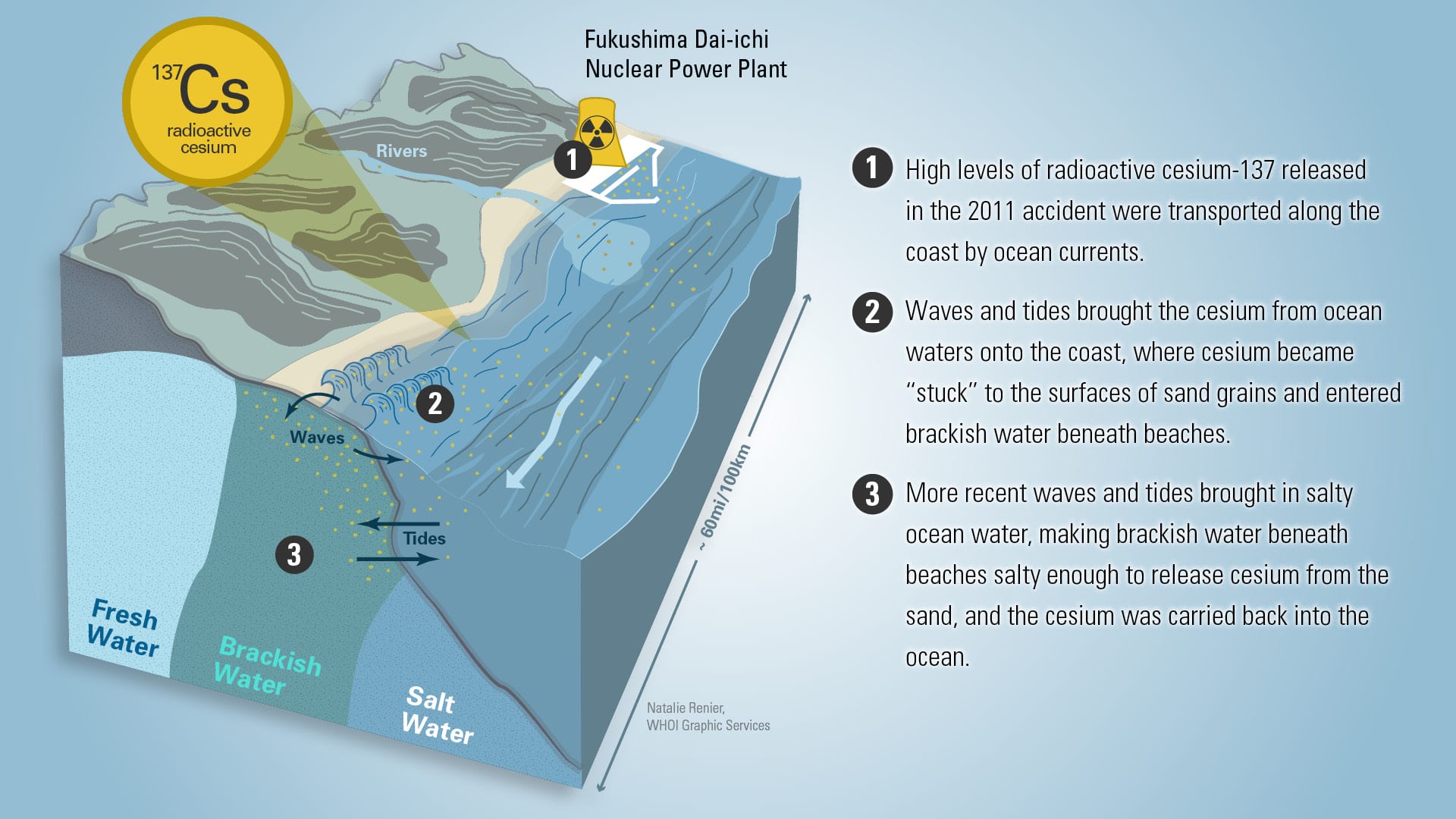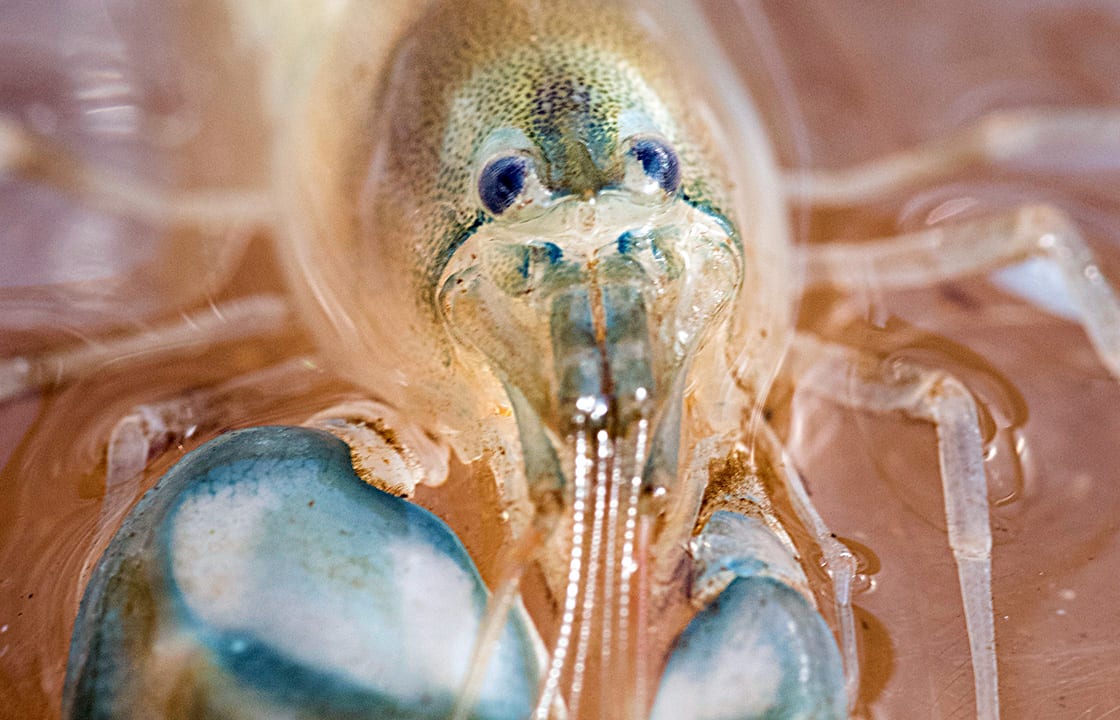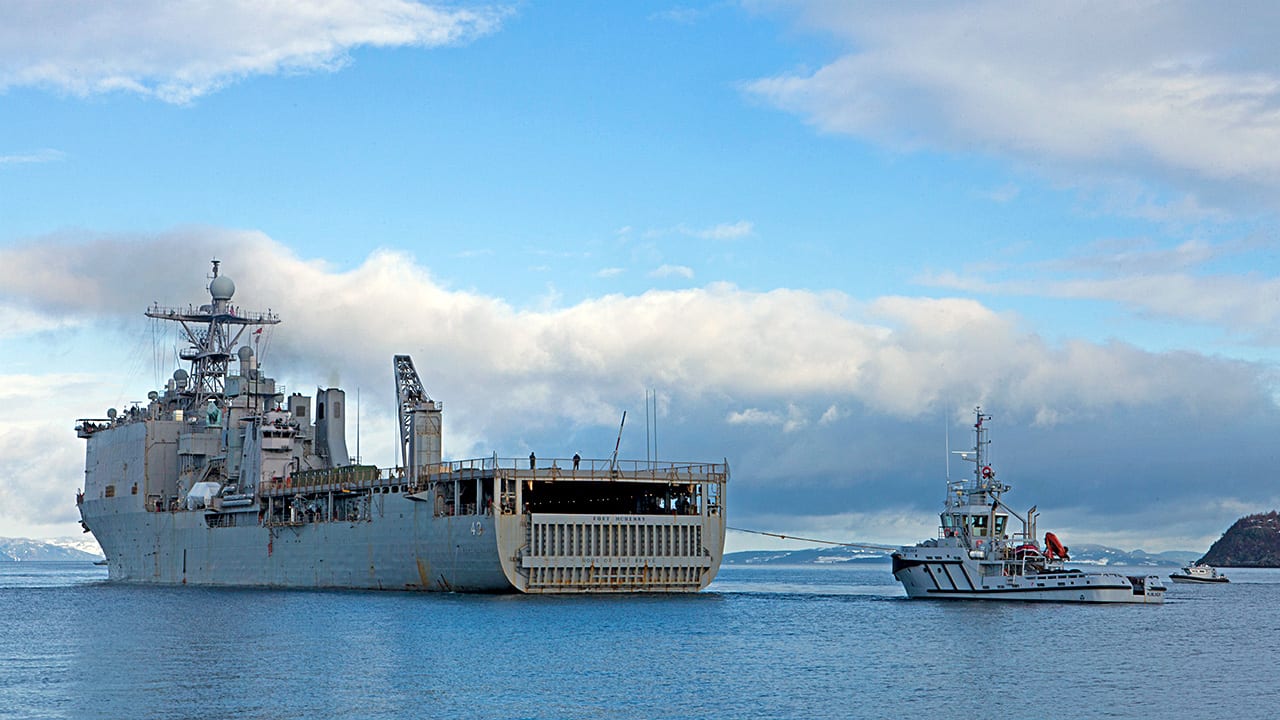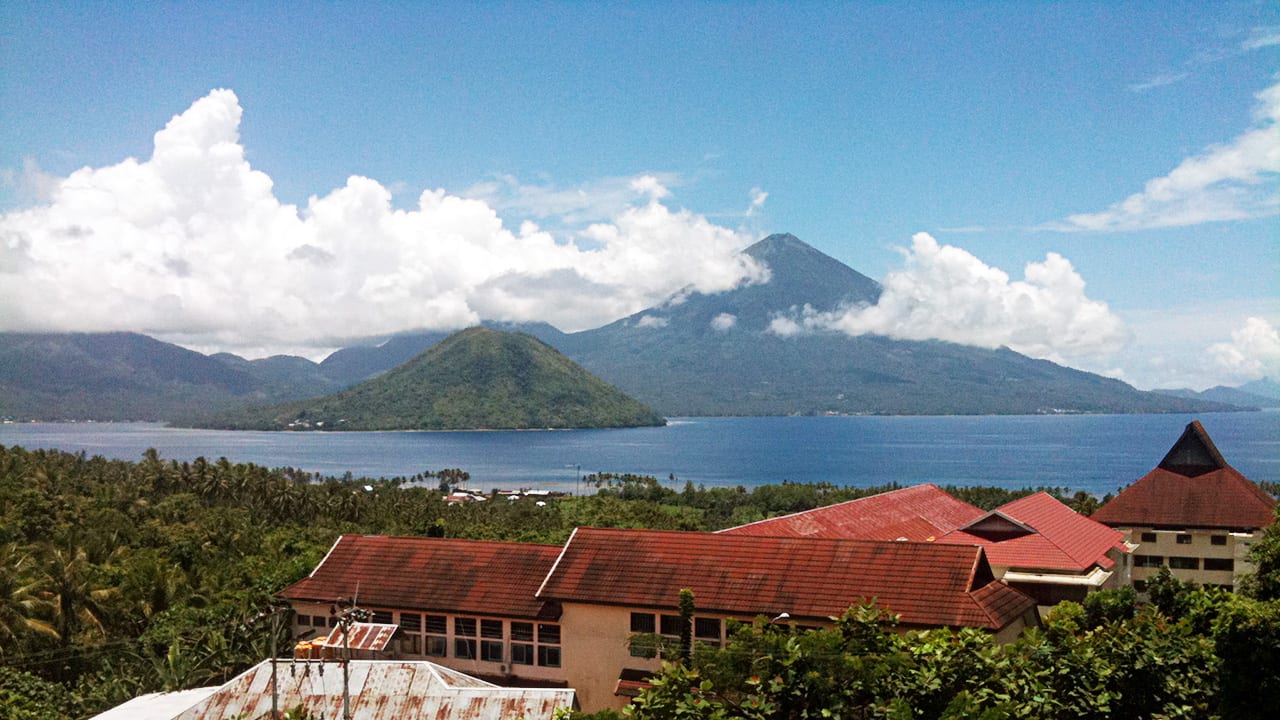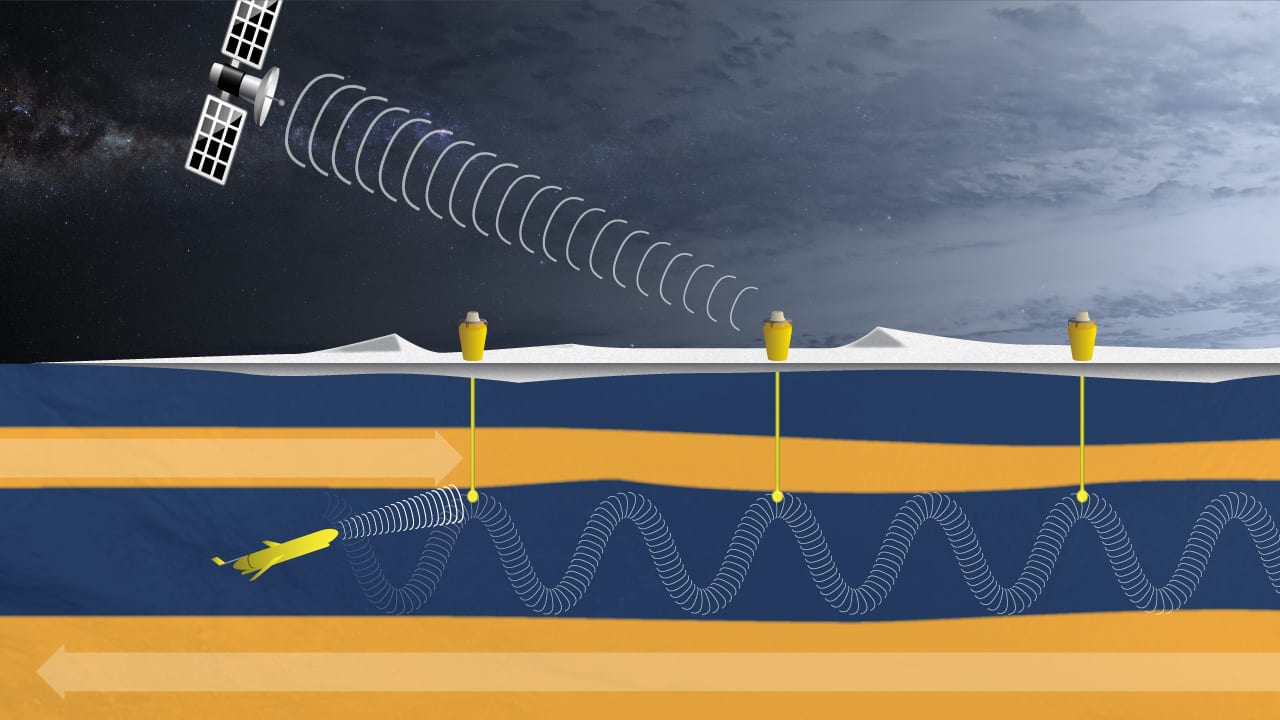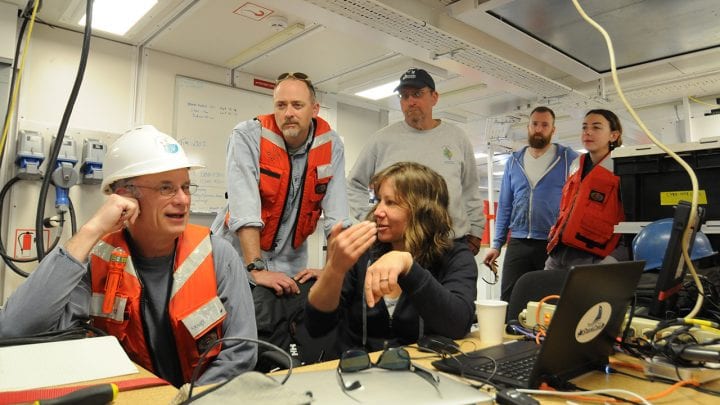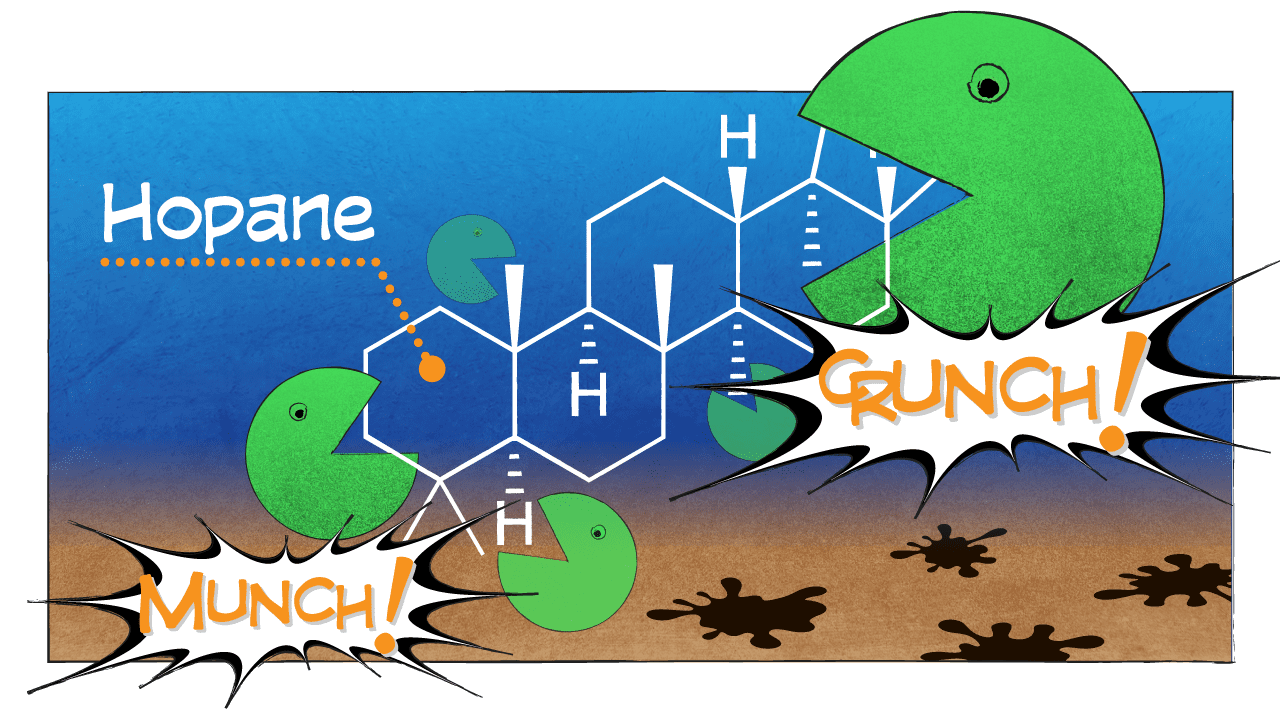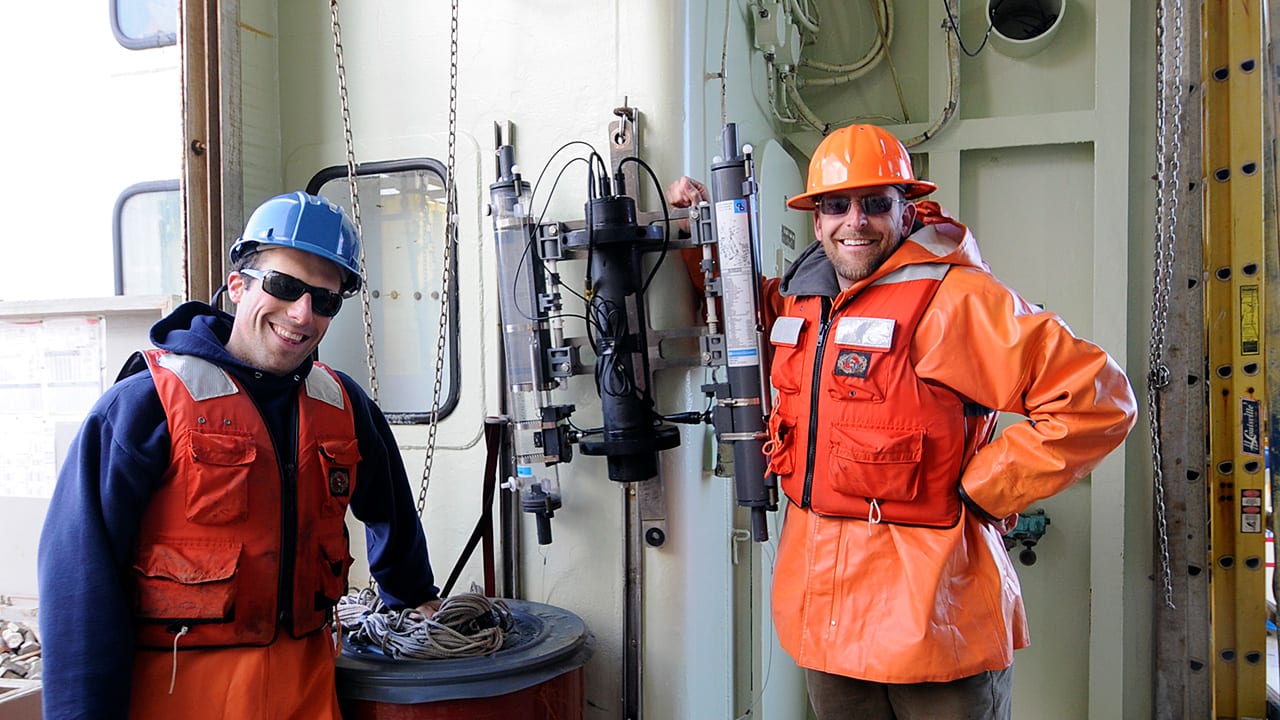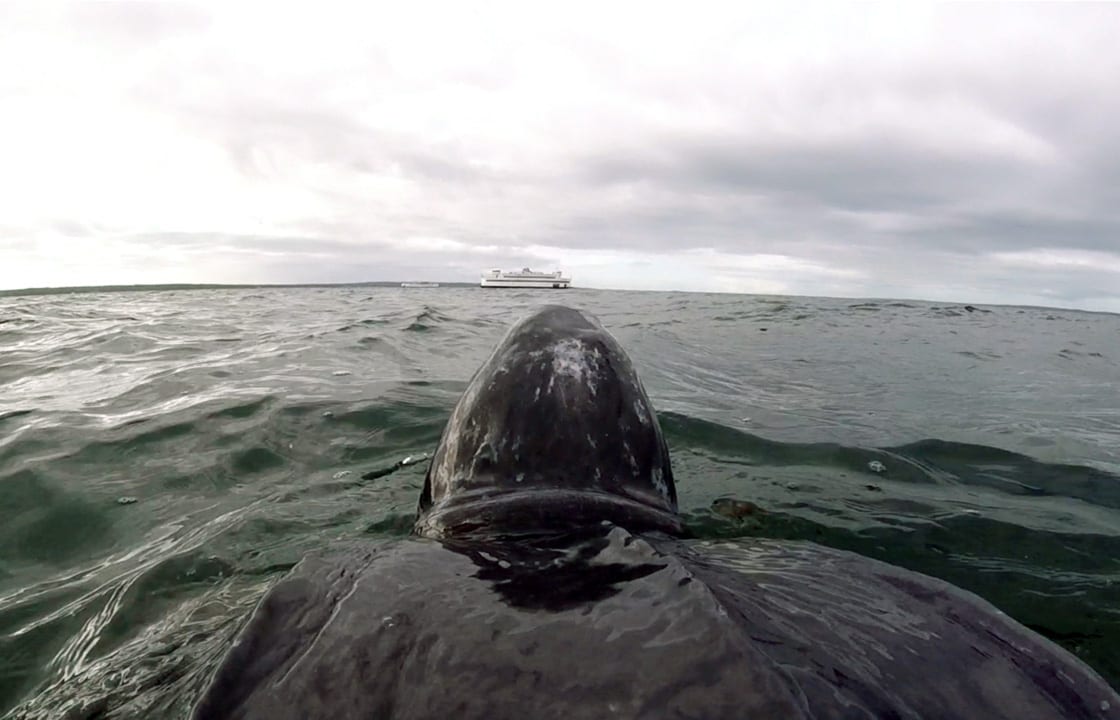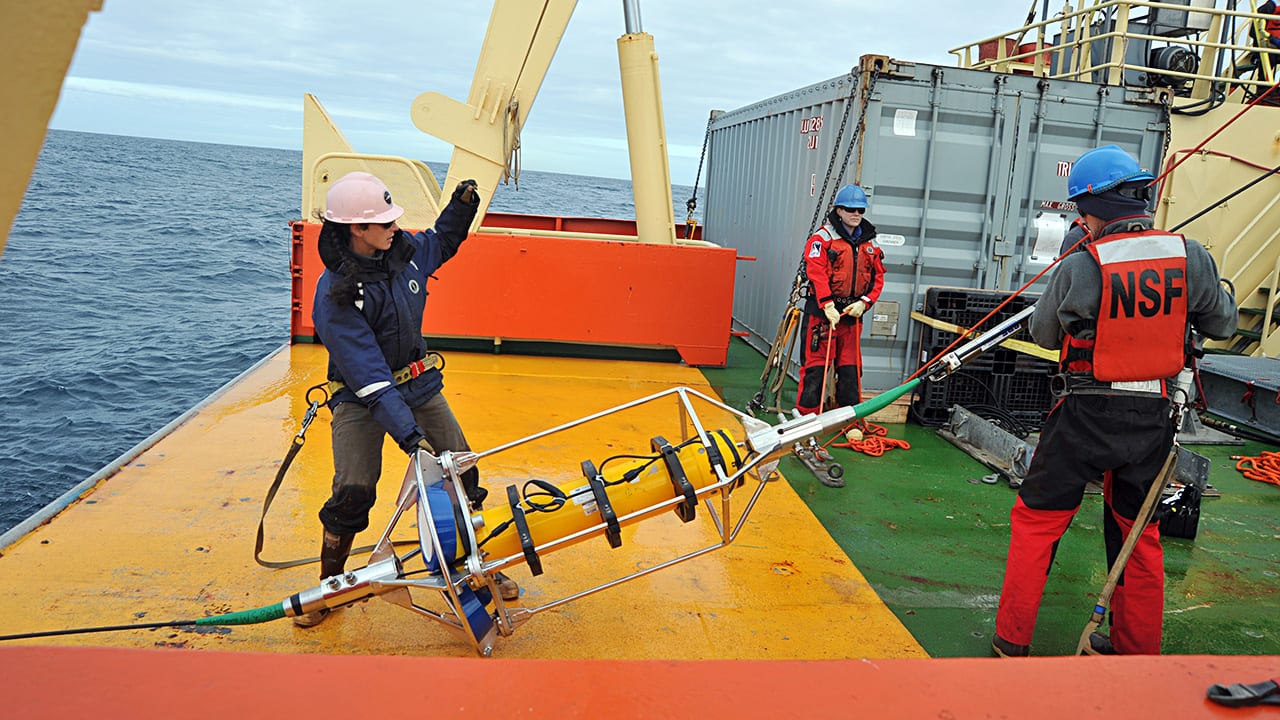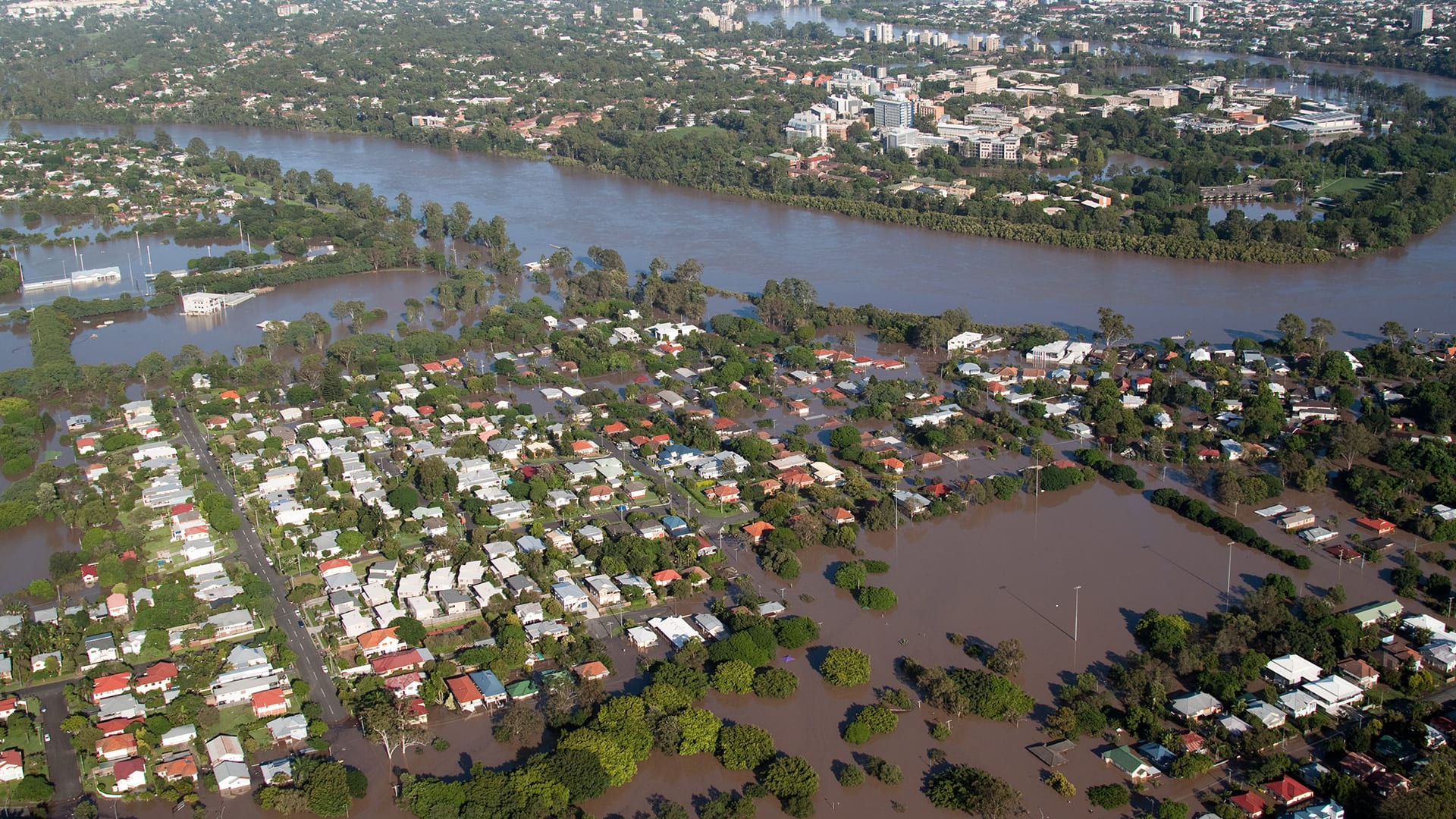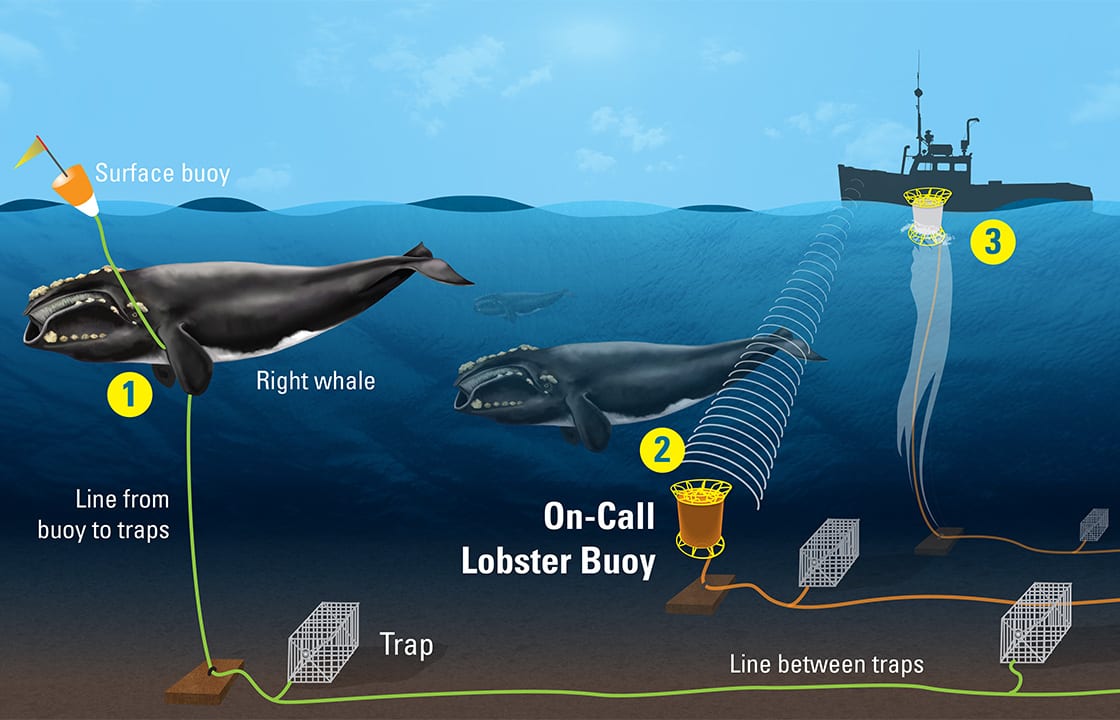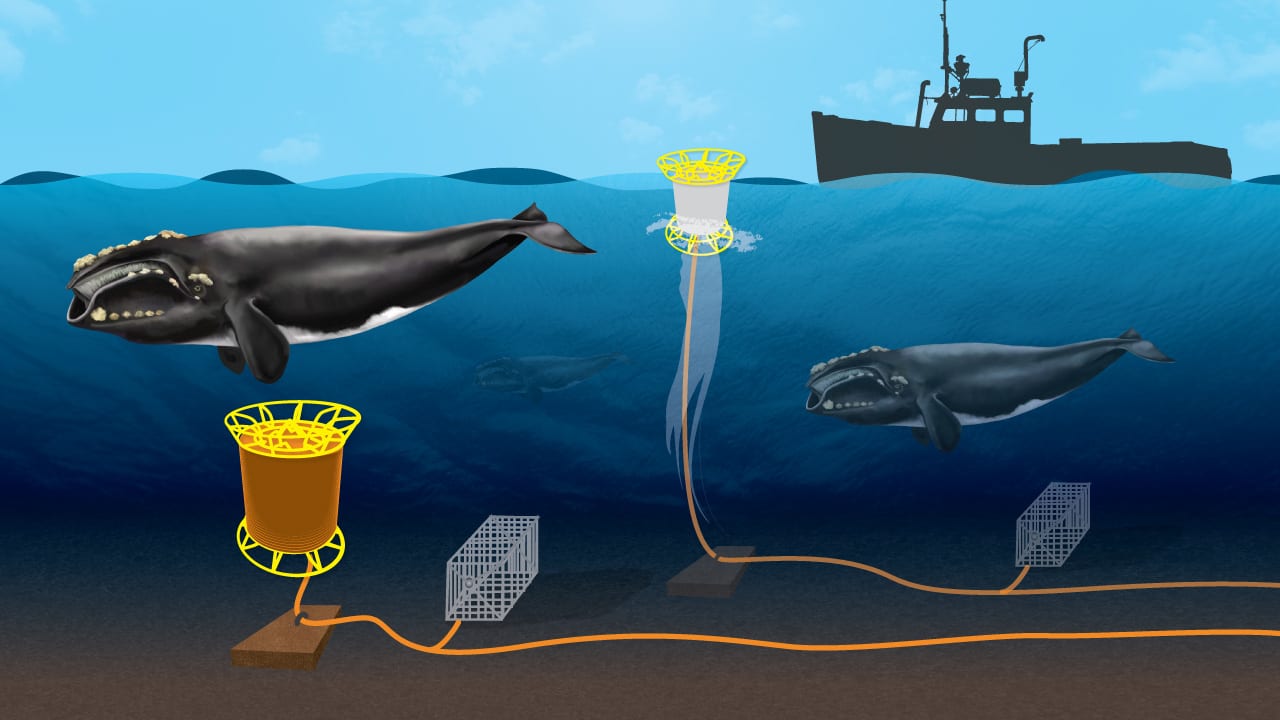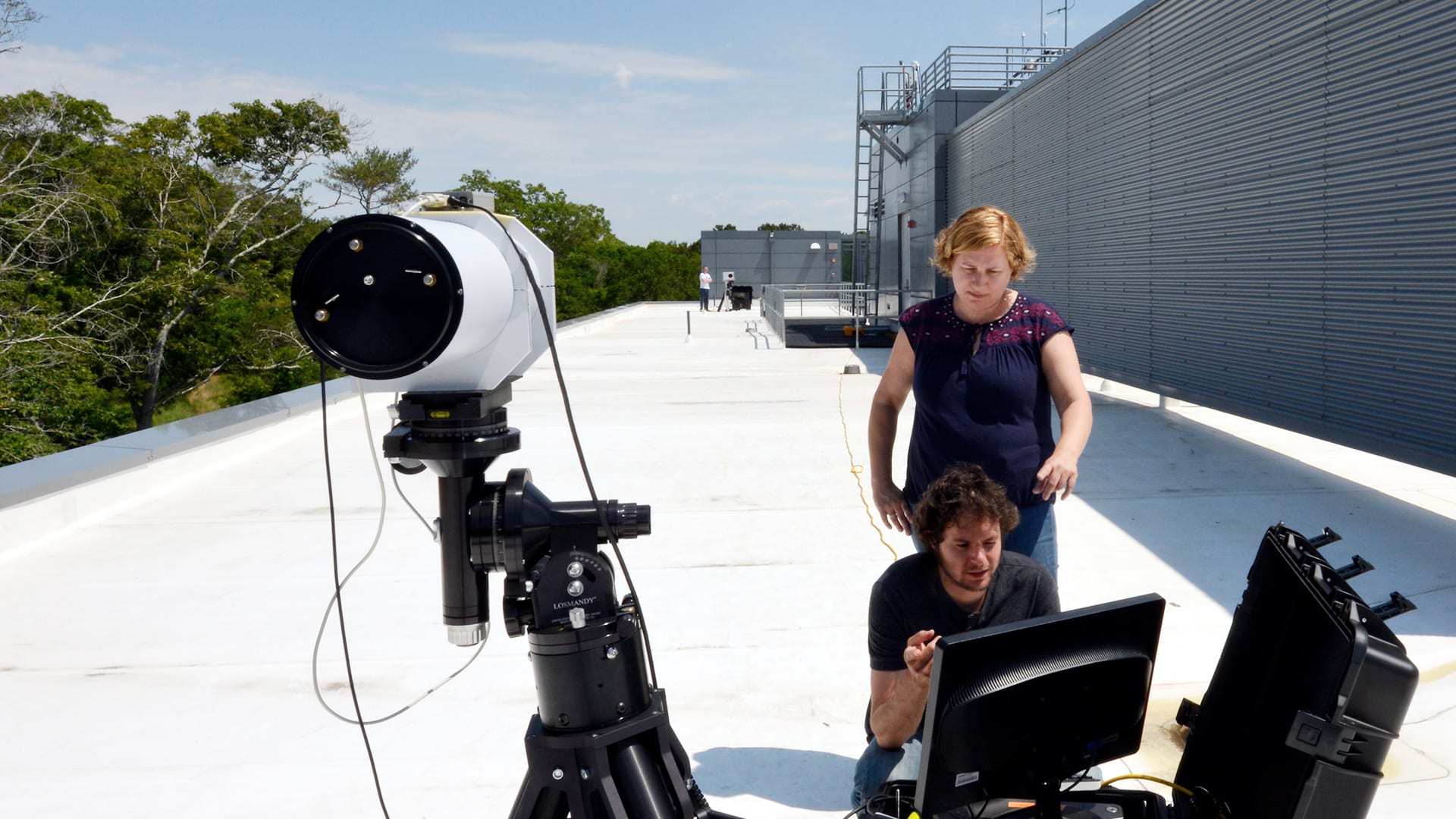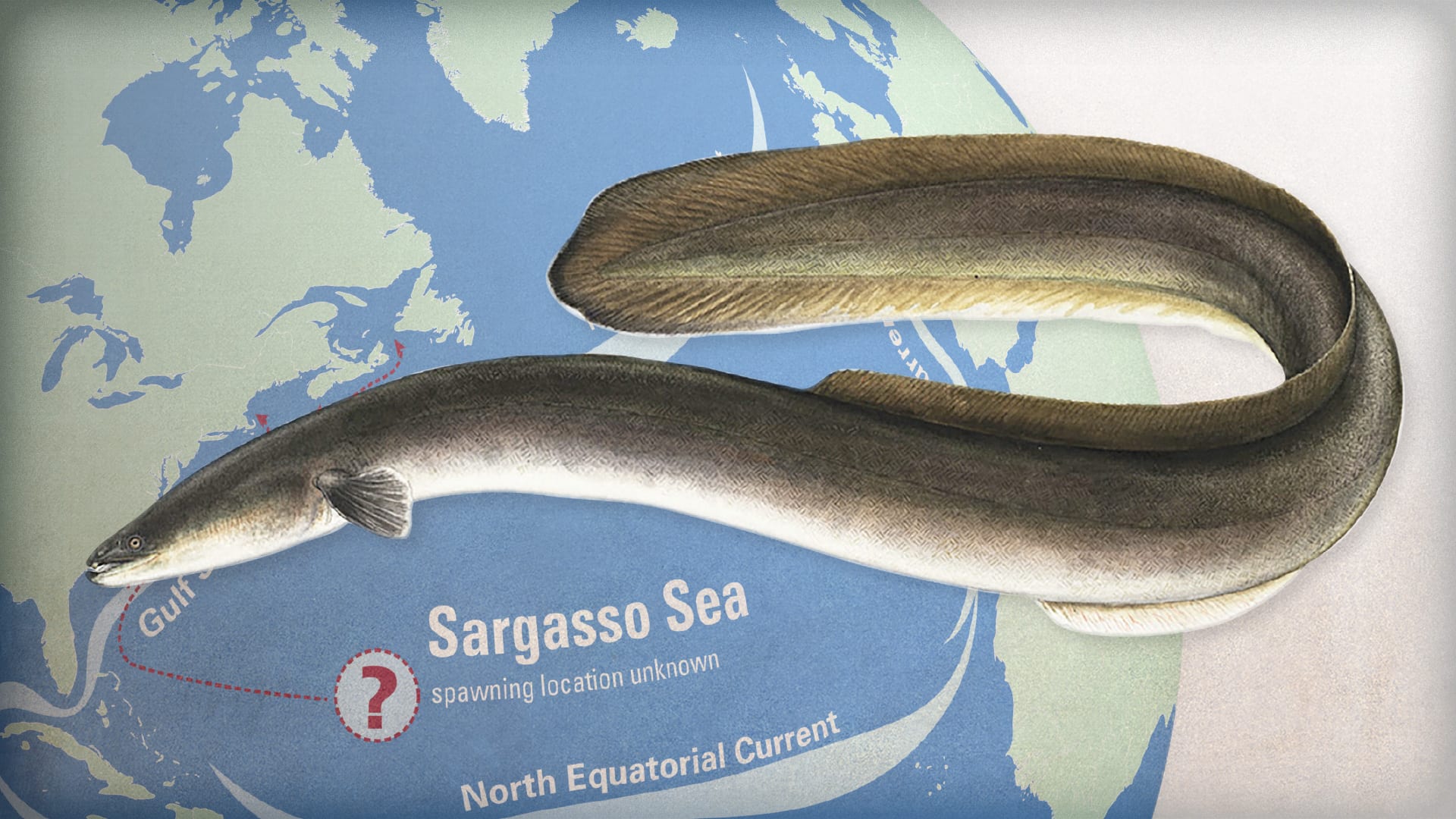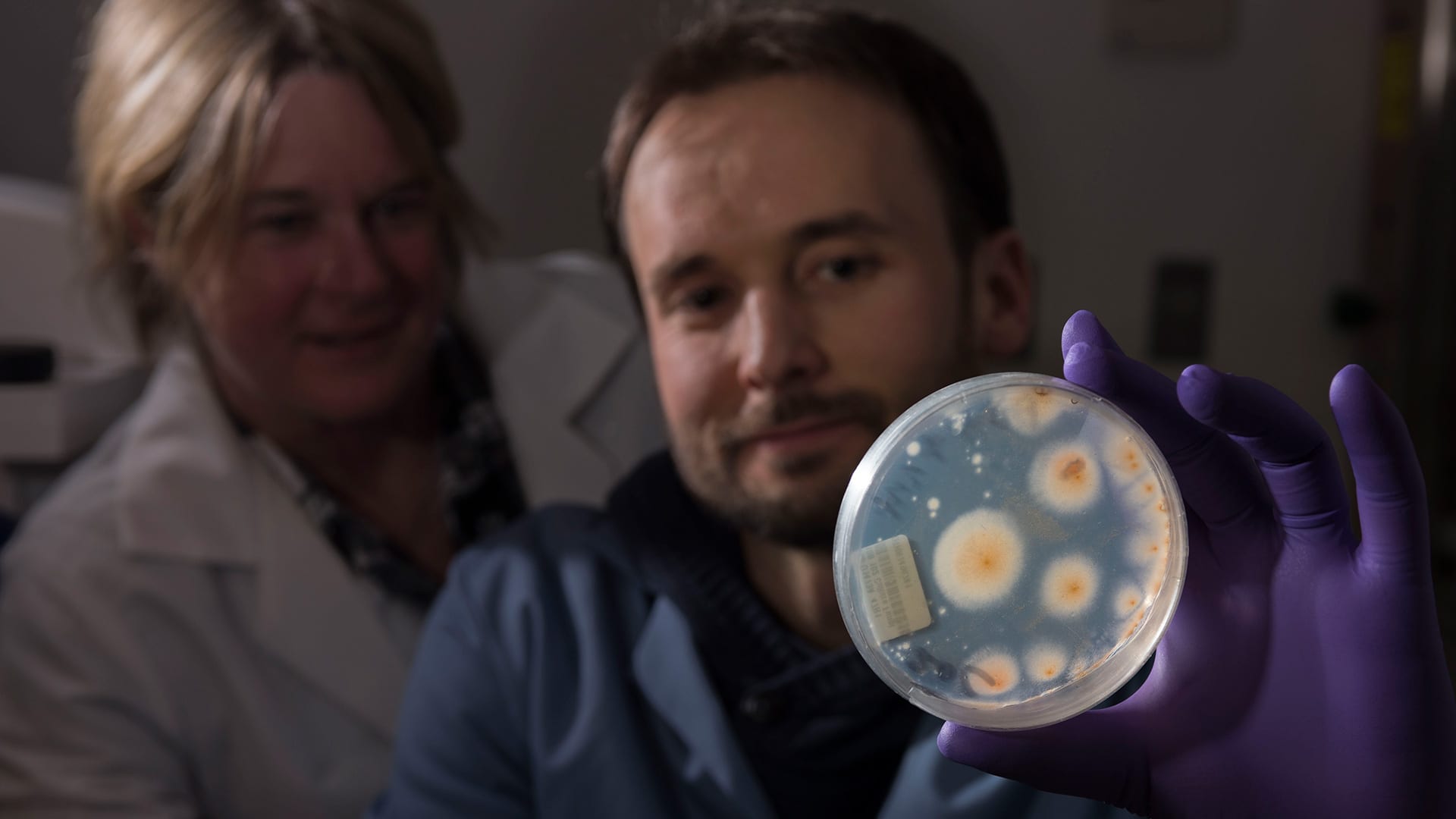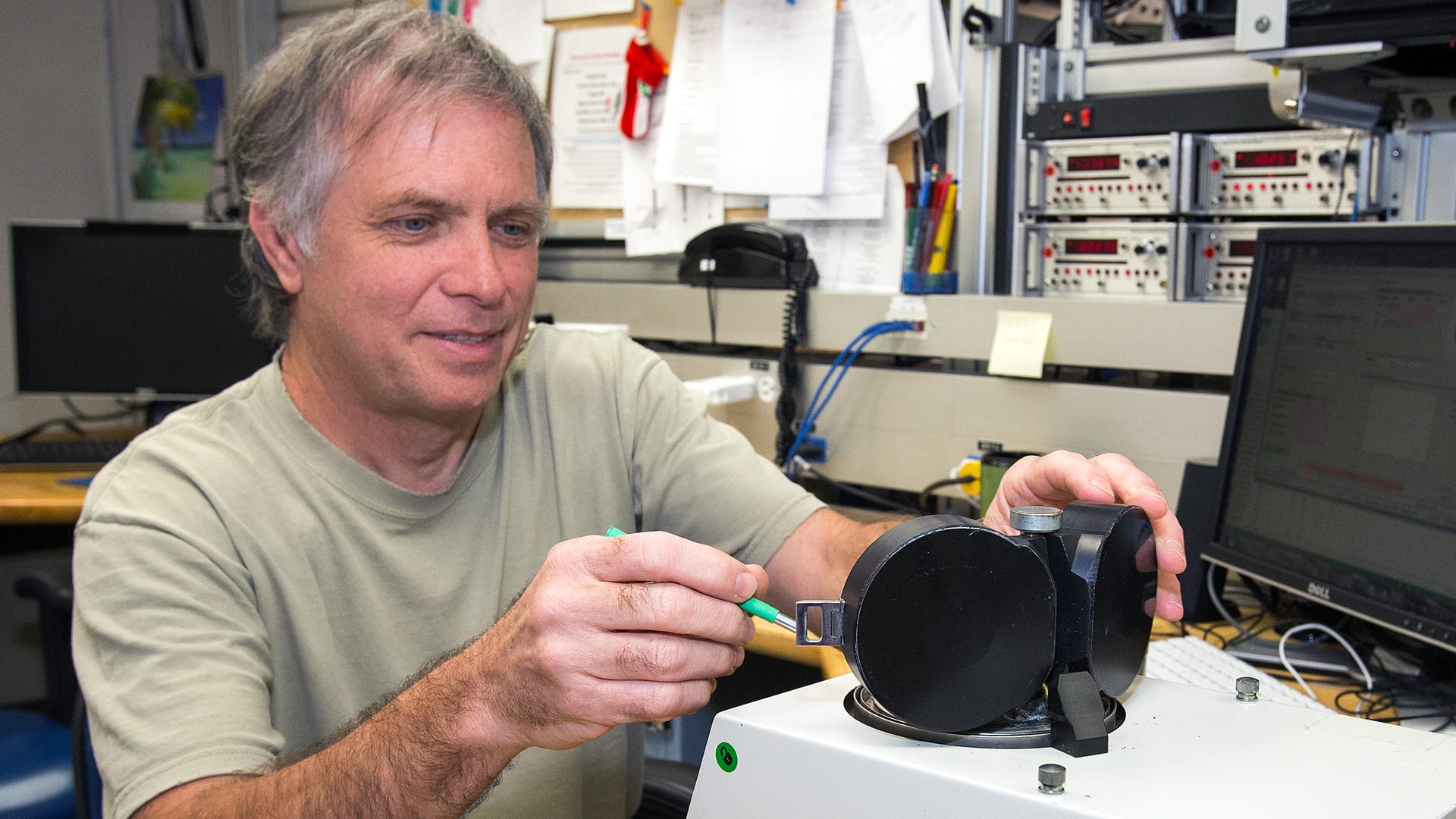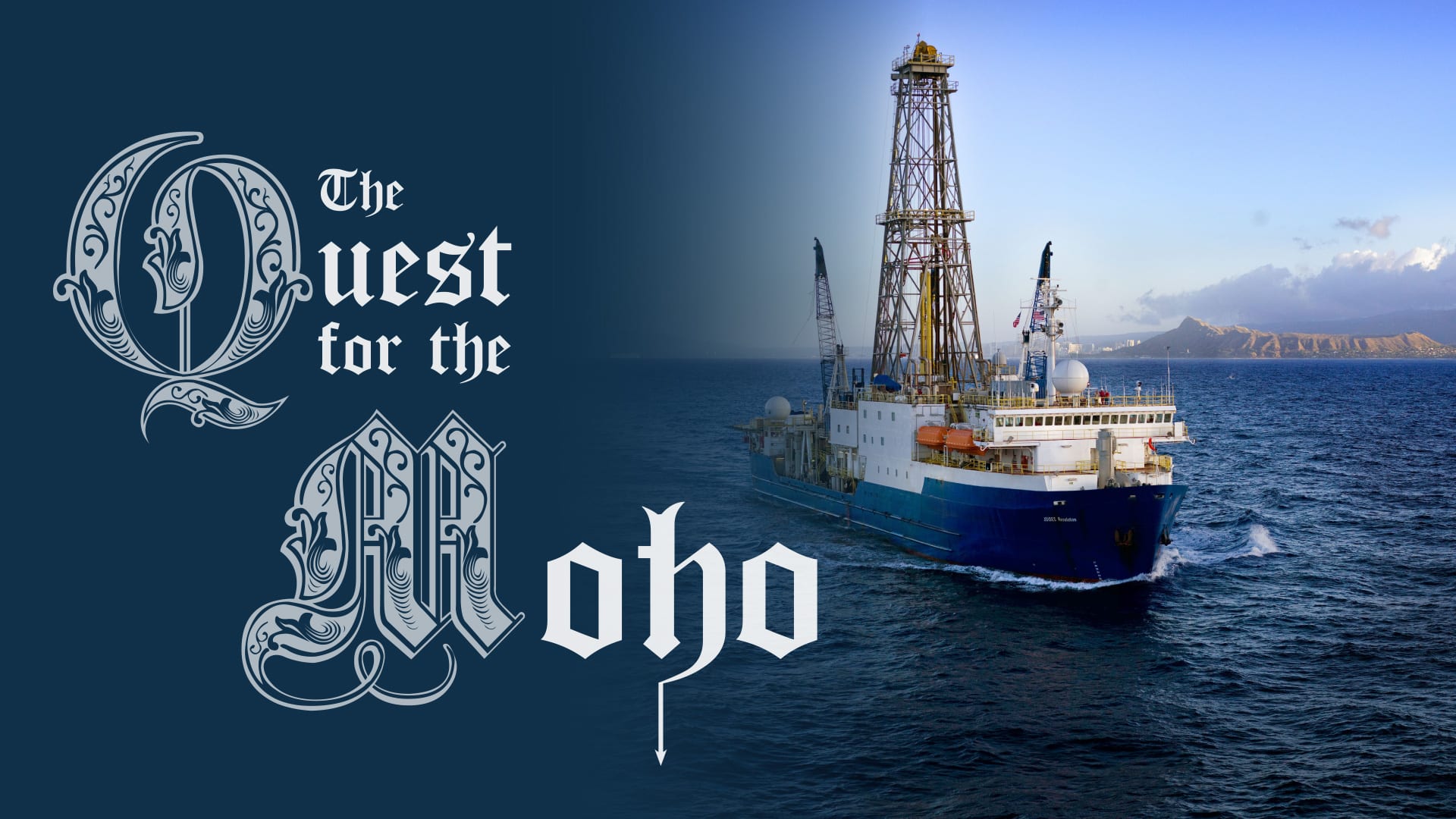Feature
Spring Arrives Earlier in the Ocean Too
Warmer oceans are triggering phytoplankton to start their annual blooms up to four weeks earlier than usual—a signal of how climate change can have far-reaching impacts on marine ecosystems. From…
Read MoreEavesdropping on Whales
WHOI scientist Mark Baumgartner has installed a mooring in New York waters that listens for whales and sends back alerts. The prototype advance-warning system could one day help reduce shipping collisions with whales.
Read MoreWhy Did the El Faro Sink?
WHOI deep-sea vehicles and scientists played critical roles in searching the seafloor and locating the voyage data recorder of El Faro, the ship that sank in 2015 during Hurricane Joaquin, killing all 33 crew members.
Read MoreHow Do Larvae Find a Place to Settle Down?
It’s still a mystery: How do the tiny larvae of marine animals that hatch in the open ocean find their way to coral reefs where they settle as adults? One…
Read MoreA Big Decline of River Herring
River herring used to run up coastal streams in great numbers in springtime, returning from the ocean to spawn in fresh water. But their populations have plummeted. WHOI biologist Joel Llopiz is investigating critical gaps in understanding river herring’s larval stage just after they hatch.
Read MoreMore Floods & Higher Sea Levels
A research team predicts potentially big changes within the next century that would have significant impacts on those who live on or near the coast.
Read MoreRadioactivity Under the Beach?
Scientists have found a previously unsuspected place where radioactive material from the Fukushima Dai-ichi nuclear power plant disaster has accumulated—in sands and brackish groundwater beneath beaches up to 60 miles away.
Read MoreEavesdropping on Shrimp’s Snap Chat
At Woods Hole Oceanographic Institution, marine ecologist Ashlee Lillis is studying a tiny animal that makes one of the ocean’s loudest natural sounds. It’s called a snapping shrimp. The noise it makes dominates the underwater soundscape in many coastal regions and may have an outsized effect on other marine life.
Read MoreScientists and Navy Join Forces
When U.S. Navy were preparing a major NATO military exercise, they solicited help from WHOI scientists to plan how to mitigate potential environmental damage from oil spills.
Read MoreA New Tsunami-Warning System
After successfully testing a long-range underwater communications system that worked under Arctic Ocean ice, an engineering team at Woods Hole Oceanographic Institution (WHOI) adapted it for a very different environment—the…
Read MoreCommunicating Under Sea Ice
Researchers at Woods Hole Oceanographic Institution developed a new communication and navigation system that works over long distances under Arctic sea ice, allowing scientists to use autonomous underwater vehicles to explore the ice-covered Arctic Ocean.
Read MoreAll the Ocean’s a Stage
“All right, Mr. Brickley, the show begins at two o’clock,” John Kemp announced as he entered the ship’s main lab on Saturday afternoon. Kemp is the deck operations leader for…
Read MoreWhat Happened to Deepwater Horizon Oil?
Officials pumped a huge amount of chemicals into the deep ocean during the 2010 Deepwater Horizon oil spill in an effort to disperse the oil. A study published this week in the Proceedings of the National Academy of Sciences offers evidence that the dispersant may helped microbes break down the oil.
Read MoreNew Device Reveals What Ocean Microbes Do
Whether you’re a plant, animal, or even a microbe, you generally can’t conduct the business of living without exchanging oxygen. So just as you can figure out what’s going on…
Read MoreTo Track a Sea Turtle
A WHOI engineer and biologist devise an autonomous system to track and film sea turtles beneath the surface, revealing a turtle’s eye view of the world.
Read MoreWoman on Board
When Meghan Donohue decided to become a mooring technician—a job usually done by men—she knew she would face challenges. Donohue is the first woman to join the Mooring Operations and Engineering Group at WHOI. She is also a new mother. In an interview, she describes some of her experiences working on research cruises and balancing family life with a career at sea.
Read MoreWarming Ocean Drove Catastrophic Australian Floods
New research by Woods Hole Oceanographic Institution physical oceanographer Caroline Ummenhofer and Australian scientists suggests that long-term warming of the Indian and Pacific Oceans is increasing the risk of heavy rains in the region.
Read MoreHow Would ‘On-Call’ Buoys Work?
WHOI engineers are developing a new kind of lobster trap buoy that could help keep whales from getting tangled in fishing gear. Click on the numbers above to learn more. On a…
Read MoreWhale-safe Fishing Gear
WHOI engineers are developing a new kind of lobster trap buoy that could help keep whales from getting tangled in fishing gear.
Read MoreLet There Be Laser Light
WHOI scientists are developing new sensors using lasers to detect methane, carbon dioxide, and other critical environmental gases in the air and under the ocean.
Read MoreA Slithery Ocean Mystery
It’s an enduring mystery: How do tiny eel larvae make their way from the Sargasso Sea to coastal freshwater estuaries where they grow up?
Read MoreLife Dwells Deep Within Earth’s Crust
Aboard a drillship in the Indian Ocean, geologists pursued their mission to bore a hole thousands of feet through the seafloor to reach the Moho, the mysterious and never-before-penetrated boundary…
Read MoreAttracted to Magnetics
Maurice Tivey has probably endured more than a few bad puns, like the one in our headline, after he tells people what he does for a living. A geologist at…
Read MoreThe Quest for the Moho
For more than a century, scientists have made several attempts to drill a hole through Earth’s ocean crust to an interior layer of rock in Earth’s interior called the mantle.
Read More
